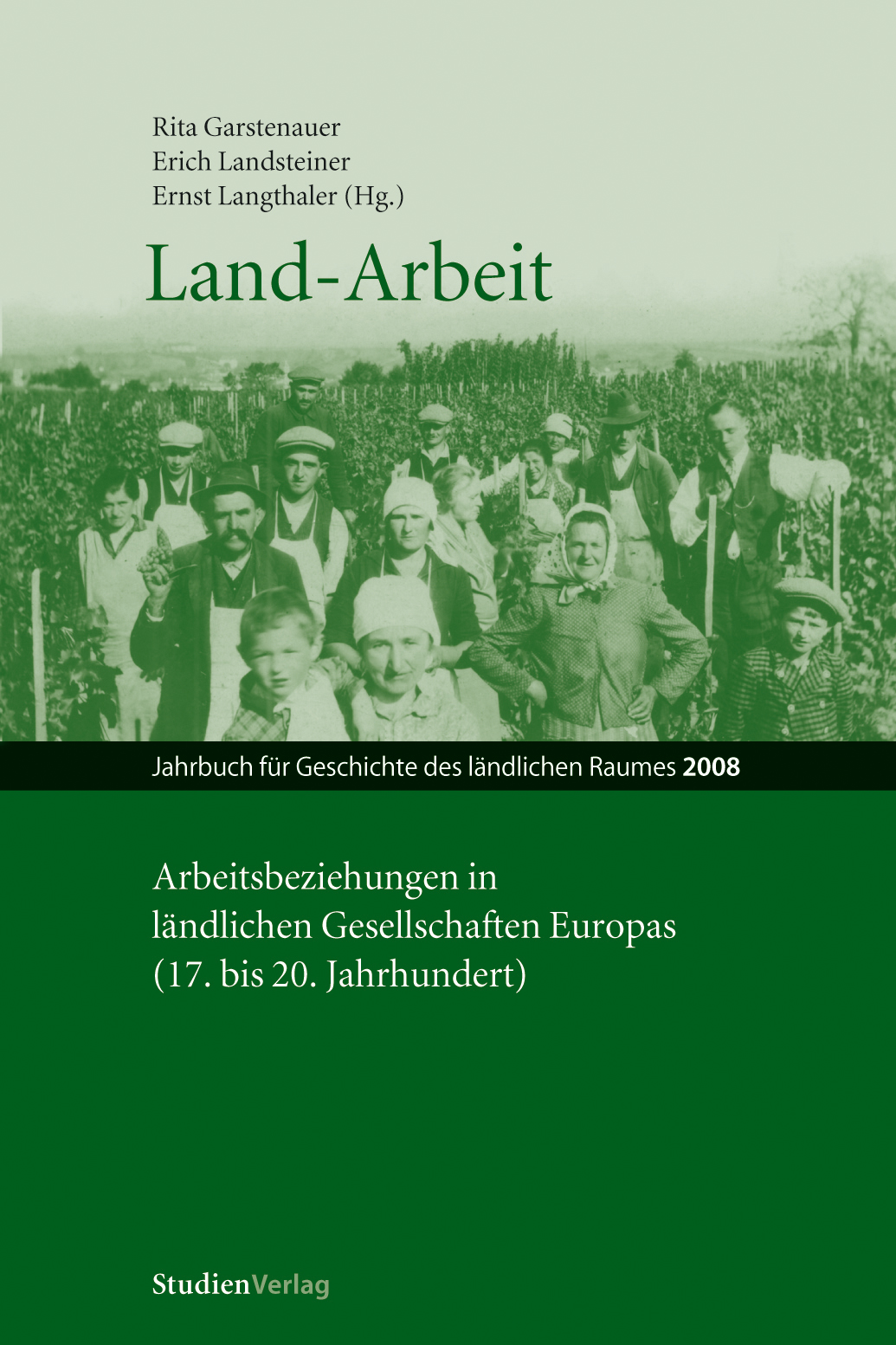„I woaß es nu guat, zwöif oda vierzehn Sengstn samma gwen.“
Soziale Stratifikation und höfeübergreifende Arbeitsorganisation im Unteren Mühlviertel (1920–1980)
DOI:
https://doi.org/10.25365/rhy-2008-9Abstract
Between 1920 and 1980, many types of work in the Austrian marginalised rural area called Lower Mühlviertel were based on co-operation between farms. When harvesting rye or threshing grain, men and women of different age groups coming form socially equal or unequal farms used to work together. The article tries to give an ethnographic description of the forms of co-operation in grain harvesting from the perspective of social and cultural anthropology and to put it in context with the economic and agricultural development in the region. Another focus is put on the social stratification and the reproduction of the social structure. This includes the social hierarchical system used by the rural population to classify individual ‘houses’, the importance ascribed to these houses and, in particular, the forms of farm transfer to the next generation. It can be shown that forms of work organisation in teams involving several houses or families fulfill not only economic functions but also contribute substantially to the reproduction of the social structure in the region. Therefore, an adequate analysis of work and co-operation requires the inclusion of symbolic and cultural as well as social dimensions. An approach that focuses exclusively on short-term economic rationality will certainly be too limited.


